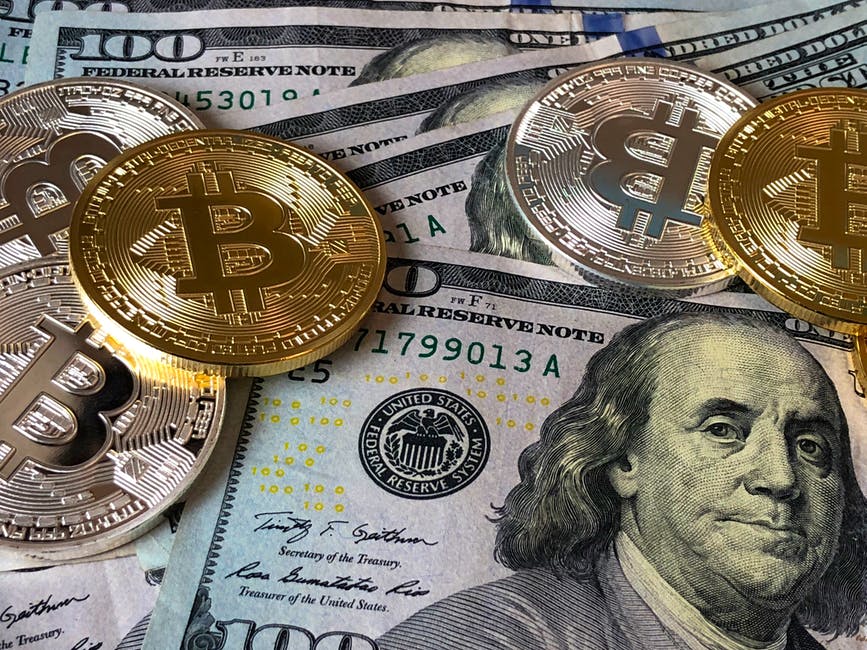Central banks are the one that ensures not just the stability of the money but also the economy. They are the one that creates and enforces various monetary policies with the goals to achieve stable and low inflation.
When it comes to the global financial problems, the central bank made a move to expand their strategies that can be used to deal with the volatile exchange rates and to lower the potential damages to the financial stability.
The main role of the central banks is to create well-defined monetary policies that will help them to maintain the stability of the money. This will enable them to have good management in terms of economic fluctuations. The policies had gone through a massive change for the past few years.
Way back in the 1980s, the central banks of the various countries that use euros as their currency, New Zealand, United Kingdom, and Canada, already launched the explicit inflation target. There are lots of low-income countries that have adopted the inflation targeting framework from the targeting of a monetary aggregate.
With the help of open market operations, the central bank can create and enforce monetary policies by making some adjustments to the money supply. A central bank, for example, may consider selling government bonds to decrease some money amount. Thus, commercial banks are giving them money.
The central banks are considered to be the lender of last resort. This only means that they are the one that provides funds to maintain the economy of a country when the commercial banks lack the supply of money. This only means that central banks are the ones that avoid the banking system of the country from falling.
On the other hand, as mentioned a while ago, the main goal of the central bank is to offer the currency of a country with stable money and price. This can be possible through managing inflation. They are also the one that works as a regulatory authority of the monetary rules and regulations enforced in a country.
A commercial bank provides money to its clients by following the first-come, first-serve basis. If they lack the money supply, they can borrow funds from the central bank. Take note that the main goal of the central banks is to make sure that the currency stability of a country will not fail and will remain stable.
Conclusion
The central bank has the responsibility to oversee the possible monetary policy of a country or nation. Aside from being responsible for the monetary system, they are also in charge of creating, implement, and manage goals, which include full employment, low inflation, and currency stability.
Central banks are the ones that control the stability of money. They are very important for the success of every country. The central banks serve as the authority and the regulator in both the monetary and banking systems. This will help the country to have a stable currency.
Even though they are considered by many as the government’s bank since they are the one that manages the selling and buying of the various government instruments, this includes government bonds. One can be assured that the political decisions cannot affect the operations of the central bank.
It cannot be denied that the ruling regime and central bank have a relationship that differs from country to country. It is also important to keep in mind that their relationship may change as time progresses.
If you still have questions or opinions related to the monetary stability of a country, you can leave a comment below.












